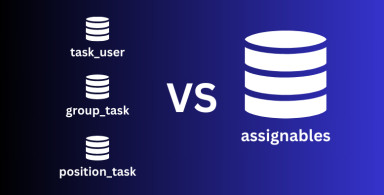Laravel has convenient database migrations mechanism, which allows us to track database changes and easily roll them back if needed. But what is hiding behind the scenes? What if we need to know actual SQL queries that have been generated during the migration? Or another scenario - what if we want to check the SQLs before they are actually run? There's a trick for both of it.
Artisan command migrate comes with a neat option --pretend. All it does is generating SQLs and showing them for you in Terminal or Command line.
Let's take a look at simple migration example:
class CreateTestTable extends Migration {
/**
* Run the migrations.
*
* @return void
*/
public function up()
{
Schema::create('tests', function (Blueprint $table) {
$table->increments('id');
$table->string('title');
$table->timestamps();
});
}
And now we run it with command php artisan migrate --pretend.
Here's the result:
 Not really pretty, but you can see the SQL statement here.
And let's take it a step further and add another migration, really similar:
Not really pretty, but you can see the SQL statement here.
And let's take it a step further and add another migration, really similar:
class CreateTest2Table extends Migration {
/**
* Run the migrations.
*
* @return void
*/
public function up()
{
Schema::create('tests2', function (Blueprint $table) {
$table->increments('id');
$table->string('title2');
$table->timestamps();
});
}
Same command - here's the result, it shows both commands one after another:
 Simple, but useful trick. Do you know some more tricks with migrations? Let me know in the comments!
Simple, but useful trick. Do you know some more tricks with migrations? Let me know in the comments!
 Not really pretty, but you can see the SQL statement here.
And let's take it a step further and add another migration, really similar:
Not really pretty, but you can see the SQL statement here.
And let's take it a step further and add another migration, really similar:
 Simple, but useful trick. Do you know some more tricks with migrations? Let me know in the comments!
Simple, but useful trick. Do you know some more tricks with migrations? Let me know in the comments!

-front_grid.jpg)
-front_grid.jpg)

;-(9)-front_grid.jpg)
-front_grid.jpg)
No comments or questions yet...